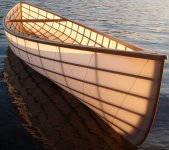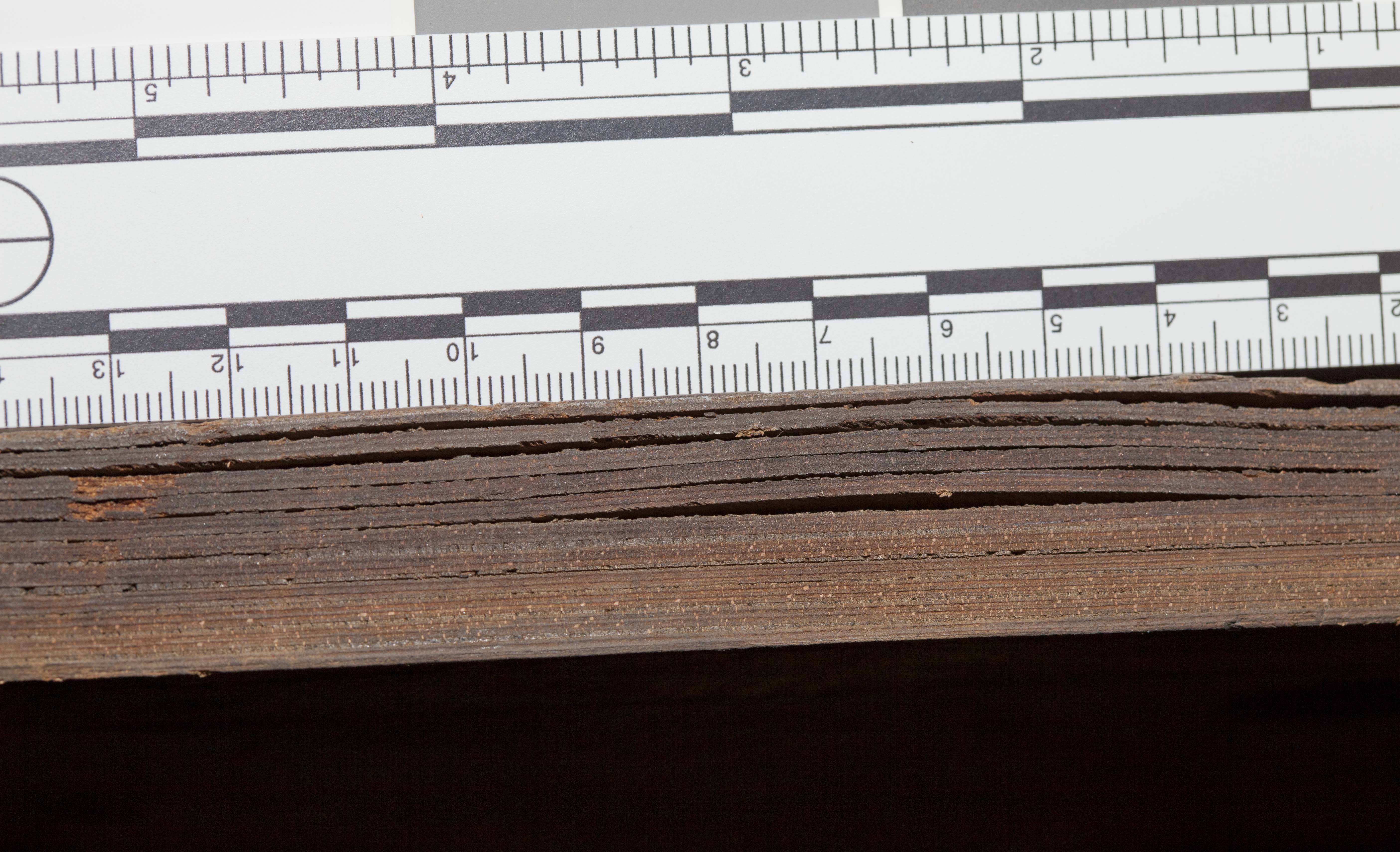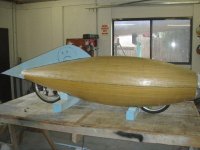SaladFish
10 W
- Joined
- Dec 14, 2015
- Messages
- 71
I was reading tahustvedt's velomobile build thread and what I like about it was how the body was constructed from cnc routed plywood and other parts he assembled or made himself. Very impressive.
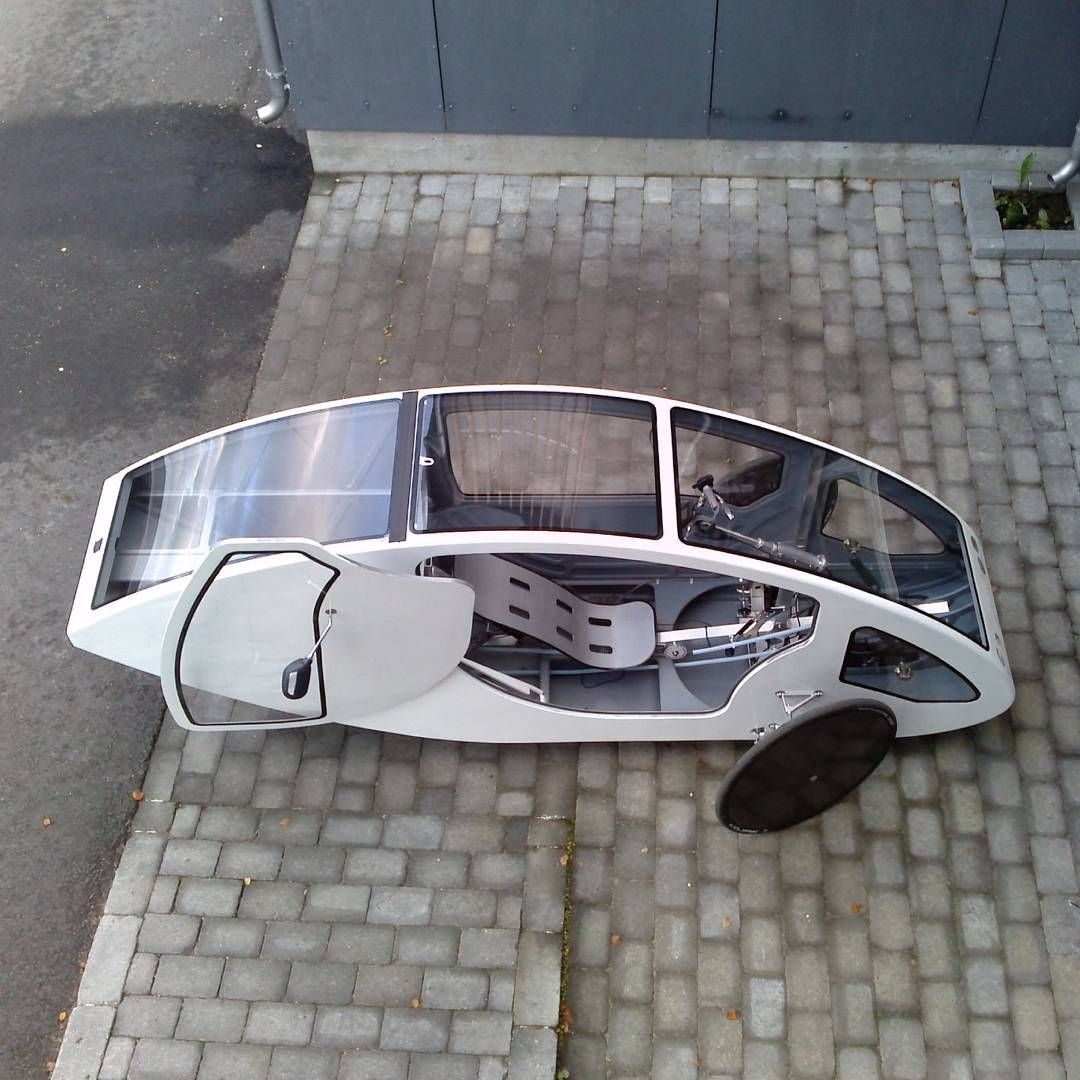
[youtube]OJreLisEav0[/youtube]
Project: Home made velomobile design with crank or mid motor
https://endless-sphere.com/forums/viewtopic.php?f=28&t=62827
I see the potential in a having a cad file with optimized left/right/top and bottom aerodynamic sides.
I would of course want something much faster but with enough turning circle for the street.
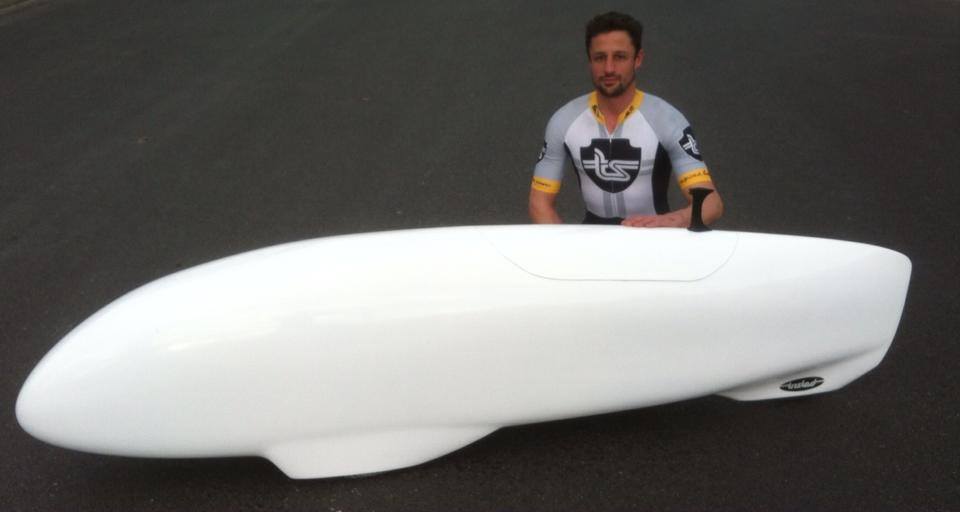
All Overzealous is clearly a fast design at 73.95 mile or 119.01km on the flying 200m. http://www.ihpva.org/hpvarecl.htm#nom01m
Although these are AUD $16,500 to buy.
So with left right aerodynamic profile and top and bottom aerodynamic profile. Internal wheels and a roof door that hinges at the front for easy entry. A nice extraction fan for ventilation, some fancy windows for good viability and reduce claustrophobic feeling.
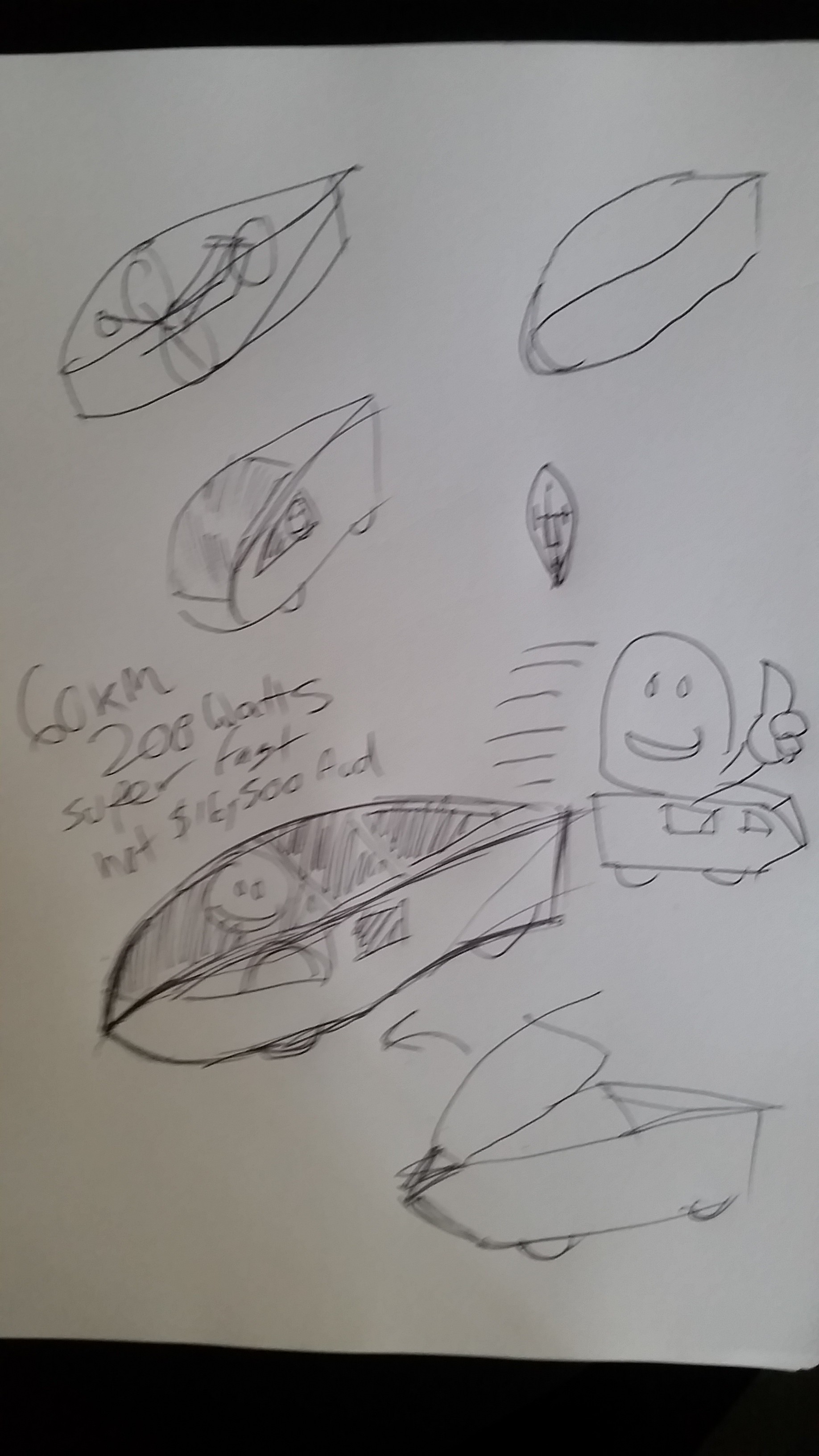
Super plan
I wonder about the Cd of such an optimized design and if it could travel upwards of 60km per hour at 200w using electric motor. Milan SL proportadly travels at 185 watt at 60km per hour. http://velomobiles.ca/MilanSL-speed.html

[youtube]OJreLisEav0[/youtube]
Project: Home made velomobile design with crank or mid motor
https://endless-sphere.com/forums/viewtopic.php?f=28&t=62827
I see the potential in a having a cad file with optimized left/right/top and bottom aerodynamic sides.
- Adjust track width, height and lefth with a slider.
- Select top and side window, door and wheel cut out options
- Send the file to a CNC routing company to be routed.
- Assemble sides with glue and paint.
- Mount to recumbent frame and paint.
- Super speed with minimal cost and expertise required.
I would of course want something much faster but with enough turning circle for the street.

All Overzealous is clearly a fast design at 73.95 mile or 119.01km on the flying 200m. http://www.ihpva.org/hpvarecl.htm#nom01m
Although these are AUD $16,500 to buy.
So with left right aerodynamic profile and top and bottom aerodynamic profile. Internal wheels and a roof door that hinges at the front for easy entry. A nice extraction fan for ventilation, some fancy windows for good viability and reduce claustrophobic feeling.

Super plan
I wonder about the Cd of such an optimized design and if it could travel upwards of 60km per hour at 200w using electric motor. Milan SL proportadly travels at 185 watt at 60km per hour. http://velomobiles.ca/MilanSL-speed.html


